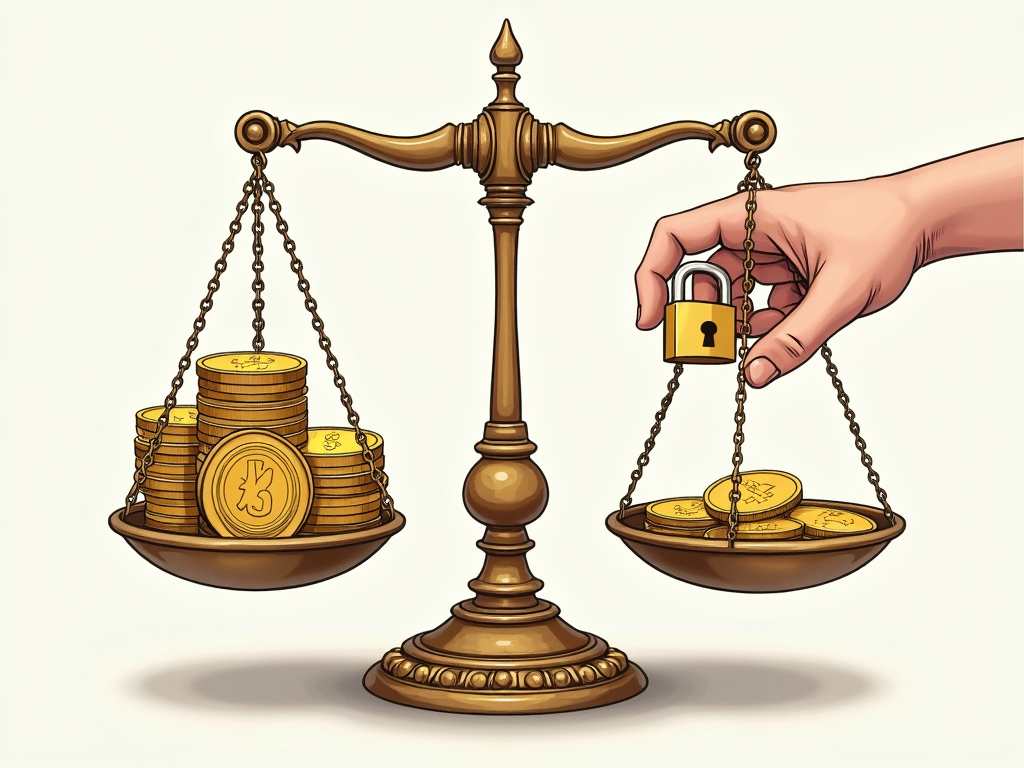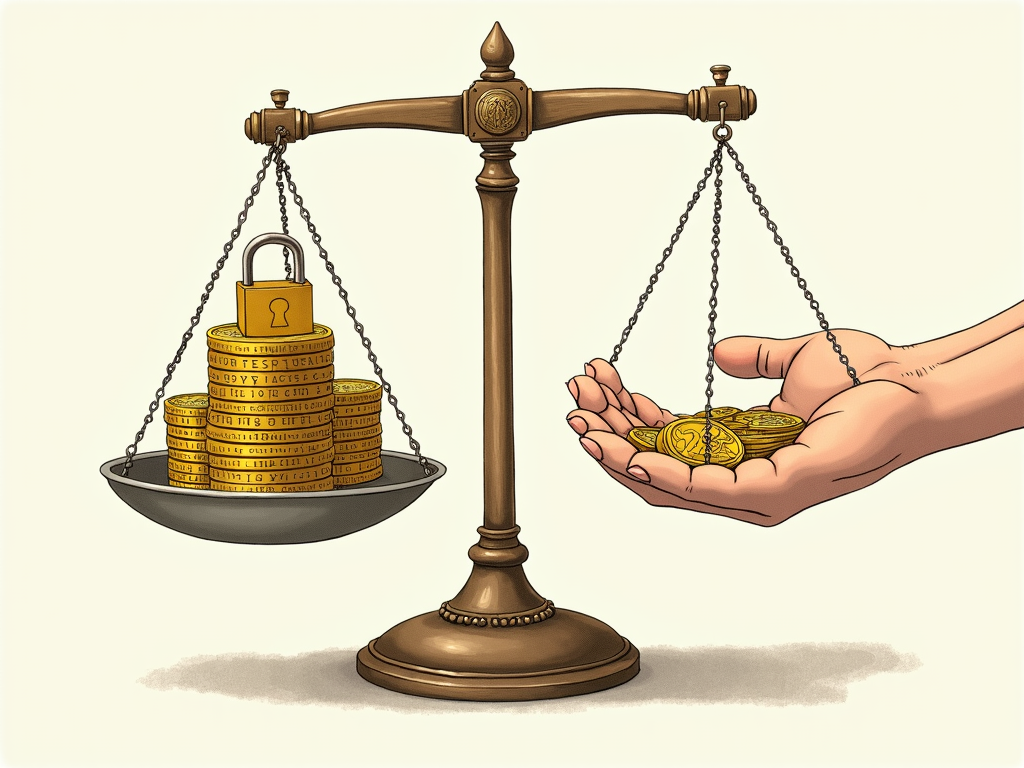In a world where interest rates often sit at a minimal level, investors are looking for stable and safe ways to protect their savings. Term deposits and savings accounts provide a reliable alternative here. While term deposits attract with higher interest rates, savings accounts offer flexibility in availability. This article highlights the main differences and provides valuable insights on how to make the best decision for one’s financial future.
Term Deposits and Savings Accounts: Opportunities and Challenges for Your Savings

Term deposits and savings accounts are essential components of a solid investment strategy in times of low rates. Although both forms of investment are excellent for their security, they offer different advantages and face various risks that investors need to consider.
Savings Accounts as a Flexible Solution: Savings accounts are often valued for their high flexibility. Investors can access their capital at any time. This flexibility makes them the ideal choice for those who want to be prepared to cover unexpected expenses or seize opportunities. However, the variable interest rate in savings accounts has advantages and disadvantages: when overall rates increase, this can quickly become an advantage. On the other hand, a declining rate implies potentially reduced growth of savings. Nonetheless, the temptation to access funds at any time could jeopardize the initially set savings goals.
Term Deposits as Planned Returns: For investors who place greater value on planning certainty, term deposits are likely the more interesting choice. The interest rate is fixed for the entire duration of the contract, regardless of market fluctuations. However, this means that the capital is locked in for the duration of the investment and cannot be easily made available. This loss of flexibility is often offset by a higher interest rate, which is particularly attractive for those who plan long-term and can invest larger amounts.
A Direct Comparison: In a direct comparison, savings accounts offer high flexibility, while term deposits boast a fixed and often higher interest rate, allowing for long-term planning. Both investments are guaranteed up to €100,000 per person and bank in the EU, thus increasing their attractiveness in uncertain times. However, the decision between flexibility and planned returns remains a personal assessment that depends on individual financial goals and risk appetite.
For a forward-looking investment strategy, combining both forms of investment can prove beneficial. Through the so-called ‘staggered strategy,’ it is possible to combine different durations and interest rates to take advantage of the respective benefits of both products. This strategy optimizes both return and flexibility while minimizing risk through diversification across different investment periods.
Term deposits and savings accounts remain central elements of balanced financial planning, ideal for protecting and investing savings during various market phases.
Deposit Guarantee and Current Offers of Term Deposits and Savings Accounts: Security for Your Savings

In times of economic uncertainty and low rates, many are looking for safe ways to invest. Term deposits and savings accounts offer reliable alternatives here. A critical aspect common to both forms of investment is the deposit guarantee, which protects investors from losses.
The legal deposit guarantee within the European Union ensures that deposits up to €100,000 per bank and person are protected. This gives both accounts a high level of security, as investors do not have to fear for their funds in case of bank failure. Additionally, some banks voluntarily offer additional coverage through private deposit protection funds, further strengthening customer trust.
The current attractive offers for term deposits vary greatly, with interest rates that can reach up to 3.40% per year. Providers like 1822direkt or Grenke Bank dominate the market with competitive rates. The locking of capital for a fixed duration, often months or years, allows banks to offer higher rates. A strategic element is the staggered strategy, in which investors distribute their capital across different term deposit accounts with varying maturities. This allows for some flexibility, as a portion of the capital becomes regularly available.
In contrast, savings accounts offer maximum flexibility. The ability to access invested funds at any time makes them the ideal choice for short-term emergencies. However, the variable interest rate can pose a risk since it could decrease. Nevertheless, there are currently rates up to 2.75% per year at some providers like Trade Republic. This flexibility makes savings accounts a great choice for liquid reserves.
Another consideration is the taxation of interest earnings. In Germany, these are subject to a capital gains tax of 25%, plus the solidarity surcharge and, if applicable, church tax. However, interest earnings up to €1,000 per year are tax-exempt if a proper tax exemption order has been submitted.
In conclusion, both term deposits and savings accounts offer solid options for managing savings securely and effectively in the current market situation. When making a decision, investors should always consider their individual financial needs and desired balance between security, flexibility, and return.